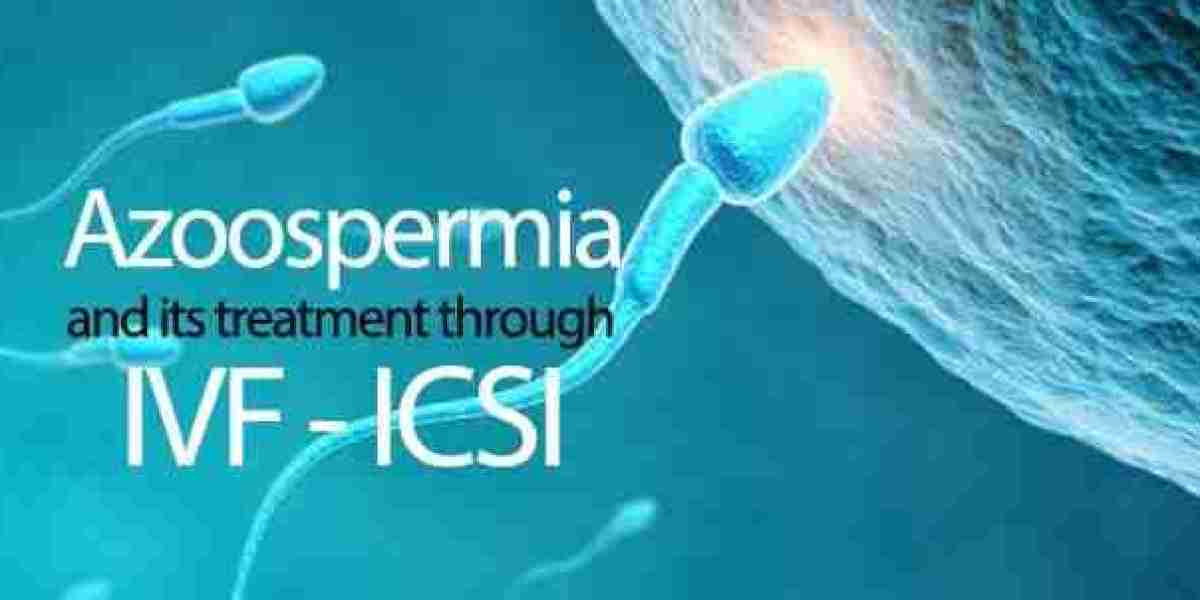In vitro fertilization (IVF) has become one of the most widely used assisted reproductive technologies (ART), helping countless couples struggling with infertility to conceive. IVF Treatment offers hope to individuals and couples who might otherwise have difficulty achieving pregnancy. However, like any medical procedure, IVF has its advantages and disadvantages, and many people seeking fertility treatment may wonder about the process, costs, and potential challenges they might face.
The Pros of IVF
1. Helps with Infertility
One of the most significant advantages of IVF is its ability to help couples facing infertility. IVF can address various infertility issues such as blocked fallopian tubes, male infertility, endometriosis, and unexplained infertility. It offers a viable solution for couples who have not been successful with other methods of conception.
2. Increases Success Rate
IVF generally has higher success rates compared to other fertility treatments. This is because doctors can directly monitor the eggs and sperm outside the body and select the healthiest embryos for implantation. Moreover, IVF allows the use of donor eggs, sperm, or embryos when needed, increasing the chances of successful conception.
3. Preimplantation Genetic Testing (PGT)
IVF allows for the use of PGT, which can screen embryos for genetic disorders before implantation. This means that potential genetic issues can be identified, and only healthy embryos will be selected for implantation. This provides parents with the peace of mind that their baby is less likely to inherit certain genetic conditions.
4. Overcomes Male and Female Fertility Issues
IVF is highly beneficial for couples with fertility issues, whether it's related to male infertility, female infertility, or both. Techniques like ICSI (Intracytoplasmic Sperm Injection) can help overcome male infertility caused by low sperm count or poor sperm quality. For women, IVF can help those who have ovulation disorders or poor egg quality.
The Cons of IVF
1. Emotional and Physical Stress
Undergoing IVF can be emotionally and physically taxing. The process involves hormone injections, frequent doctor visits, and multiple rounds of testing, which can cause stress, anxiety, and physical discomfort. Additionally, the uncertainty surrounding the outcome of IVF can lead to emotional strain.
2. Financial Costs
IVF treatment can be expensive, and many people need to undergo multiple cycles before achieving a successful pregnancy. While the cost varies depending on the clinic and location, the financial burden of IVF can be significant, especially if insurance does not cover the procedure.
3. Success Rates Are Not Guaranteed
Although IVF offers hope to many couples, it does not guarantee a successful pregnancy. The success rate depends on various factors, including the woman’s age, the quality of eggs and sperm, and the cause of infertility. Even with the best medical care, IVF may not always result in a successful outcome.
4. Potential for Multiple Pregnancies
IVF often involves transferring more than one embryo to increase the chances of success. This can lead to multiple pregnancies (twins, triplets, etc.), which may carry higher health risks for both the mother and the babies. However, doctors can adjust the number of embryos transferred to mitigate this risk.
Is There Any Treatment for Non-Obstructive Azoospermia?
Non-obstructive azoospermia (NOA) is a condition in which there is no sperm in the semen due to issues in sperm production. This condition is often related to hormonal imbalances, genetic defects, or problems with the testicles. Unlike obstructive azoospermia, where sperm is present but unable to travel due to blockages in the reproductive tract, NOA involves problems in the sperm production process itself.
Treatment Options for NOA:
Testicular Sperm Extraction (TESE): TESE is a procedure where sperm is extracted directly from the testicle using a needle or biopsy. This sperm can then be used for IVF or ICSI treatment. While not all men with NOA will have viable sperm, many can still benefit from TESE and achieve successful pregnancies.
Hormonal Therapy: In some cases, hormonal therapy can be used to improve sperm production. If the azoospermia is caused by a hormonal imbalance, medications that regulate hormone levels may stimulate the production of sperm.
ICSI with TESE: In cases where sperm extraction is successful, ICSI (Intracytoplasmic Sperm Injection) can be used to inject a single sperm directly into the egg, increasing the chances of fertilization and a successful pregnancy.
Surgical Interventions: If NOA is caused by varicocele (swelling of veins around the testicle) or other conditions, surgery may be performed to improve sperm production.
While NOA can present significant challenges for men hoping to father biological children, advances in fertility treatments like IVF and ICSI have provided hope for many.
Conclusion:
IVF is a powerful tool in overcoming infertility, offering couples the chance to have children despite various reproductive challenges. While it comes with emotional, physical, and financial considerations, its benefits, such as higher success rates and the ability to address a wide range of fertility issues, make it an attractive option.
The average cost of IVF in Pakistan is relatively affordable compared to many other countries, but it’s important to consider all associated expenses, such as medications, laboratory fees, and additional treatments like ICSI.



